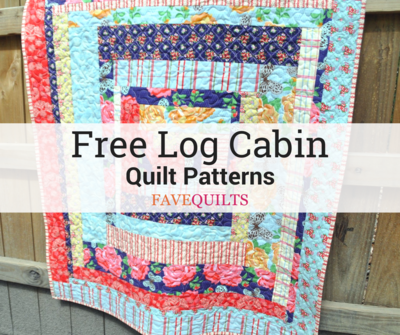How to Build a Selvage Fabric Panel

From the Designer: "I’m always looking for creative and innovative ways to include sustainable sewing practices in my daily work. I’m also inspired by the resourcefulness of our ancestors and the “can do” attitude of the sewists I meet along the way. I don’t buy enough fabric to collect selvedges but recently, I was the recipient of a lovely scrap bag filled with colorful and inspiring selvedges. I knew just what I wanted to create as soon as I saw the contents! I hope you too, are curious to assemble your own Selvedge-able panel to create projects, big and small, for summer gatherings, playful “stained glass” windows, birthday parties, and even quilts. My finished panel is 48 ¼” x 52 ¼”. I will continue saving and adding selvedges I find along the way."
Skill Level: Intermediate
Materials List
-
JANOME SUPPLIES REQUIRED
Assorted colorful Selvedges
- Coordinating 50wt thread
- organ needle 14
- Ruler
- Rotary cutter
- Cutting mat
- Iron/ironing board
- Pins (optional)
- Machine
- Janome 9450QCP
- Janome HP Foot and Needle Plate
Helpful Hint: Keep a container just for collecting selvedges and take your time building the panel slowly, as you receive them. It can be an ongoing project. Friends can also collect them on your behalf, making it a collaborative initiative even for those that live far away.
-
Start by sorting your selvedges by color and/or design. Hint: Inviting your family to help you sort can make a “low key” activity more dynamic.
-
I used selvedges ranging in size from 3/4”x5” to 2”x5”. I selected the stitch below (#2), to lock seams at the beginning and the end of the seam. If you are chain piecing, select #1. Engage the button highlighted in yellow; it keeps the needle in the downward position every time you stop sewing.
-
Using the hp foot was the most convenient given the narrow nature of selvedges. Start by piecing pairs together. I wanted my panel to feature “color blocking,” selecting similar fabrics for a saturated effect throughout.
-
Pressing selvedges is also an important part of this process. Press seams to the side.
-
Continue piecing until you reach a consistent rectangle or squared piece to begin. Trim the “white” selvedge edge. Later, I opted for sewing longer strips.
-
Planning design placement is fun, but chain piecing improv style, accomplishes more! Feel free to grab random selvedges to sew together to continue building the selvedge panel.
-
Part of the visual interest of selvedges is the text and design choices. Use this to your advantage! Look out for selvedges containing frayed edges (trim those).
-
Note: When you are creating a seam, make sure that the stitch line extends beyond the white border to create stronger seams. See below. Feel free to leave it (since you are pressing seams to the side) or trim after stitching.
-
Check your progress by placing your panel on a sunny door or window. Instant privacy with a stained-glass effect! Add more selvedge strips if you have them.
-
As with any piecing, careful pressing and stitching makes the dream work. This becomes even more crucial as the panel grows and hundreds of pieces are joined.
-
Summer’s rich palette is the perfect complement to this panel. Take it outside and celebrate your accomplishment. It took some patience to get here.
You have probably seen that creating jackets out of vintage quilts is very popular. Well, what if we created garments using selvedge fabrics? You can add pieces as they become available and be rewarded with yardage we did not know we could build! It is always easier to discard little pieces of fabrics because they are so readily available, but I invite you to give these little gems a try. It can become a new sewing tradition while doing something that is good for the environment and our wallets, with a pinch of patience and our trusted Janome Sewing machines.
I hope you have a joyful and inspiring summer! Share your sustainable sewing progress with me anytime on Instagram. Best, Maday www.sustainabletextiledesign.com
Read Next45+ Free Jelly Roll Quilt Patterns































